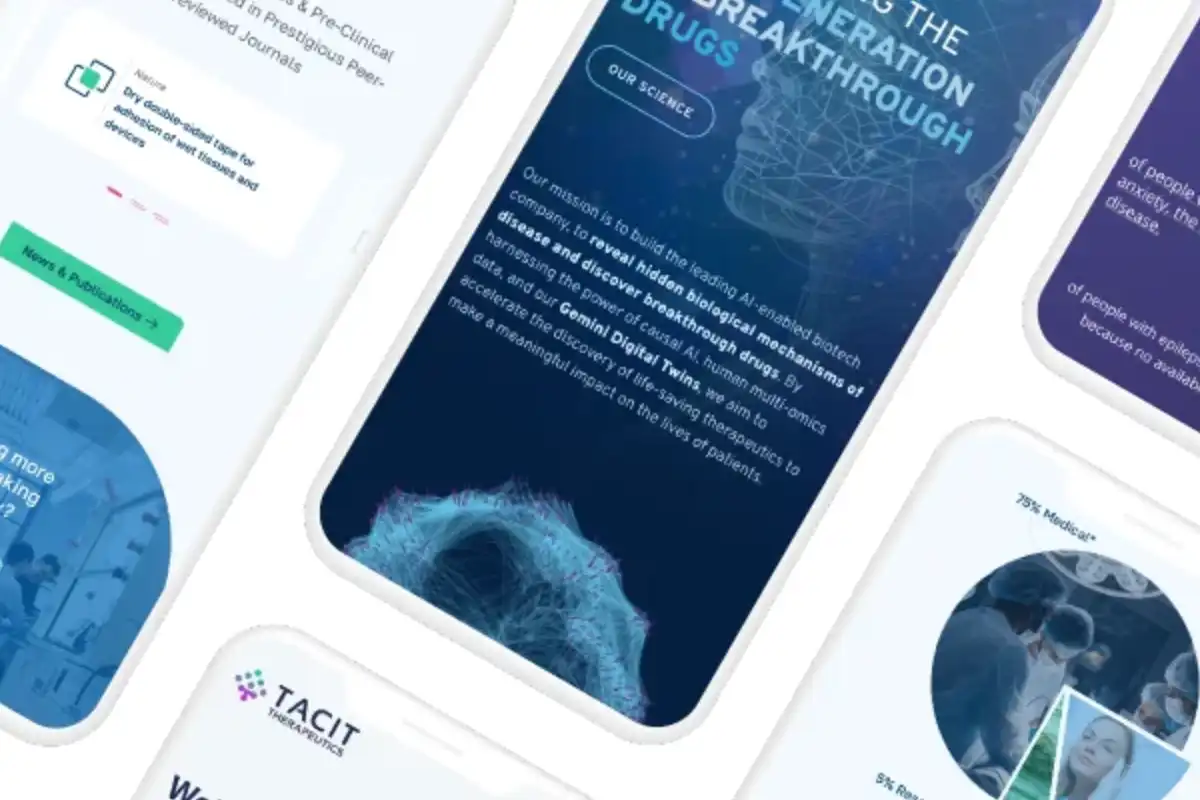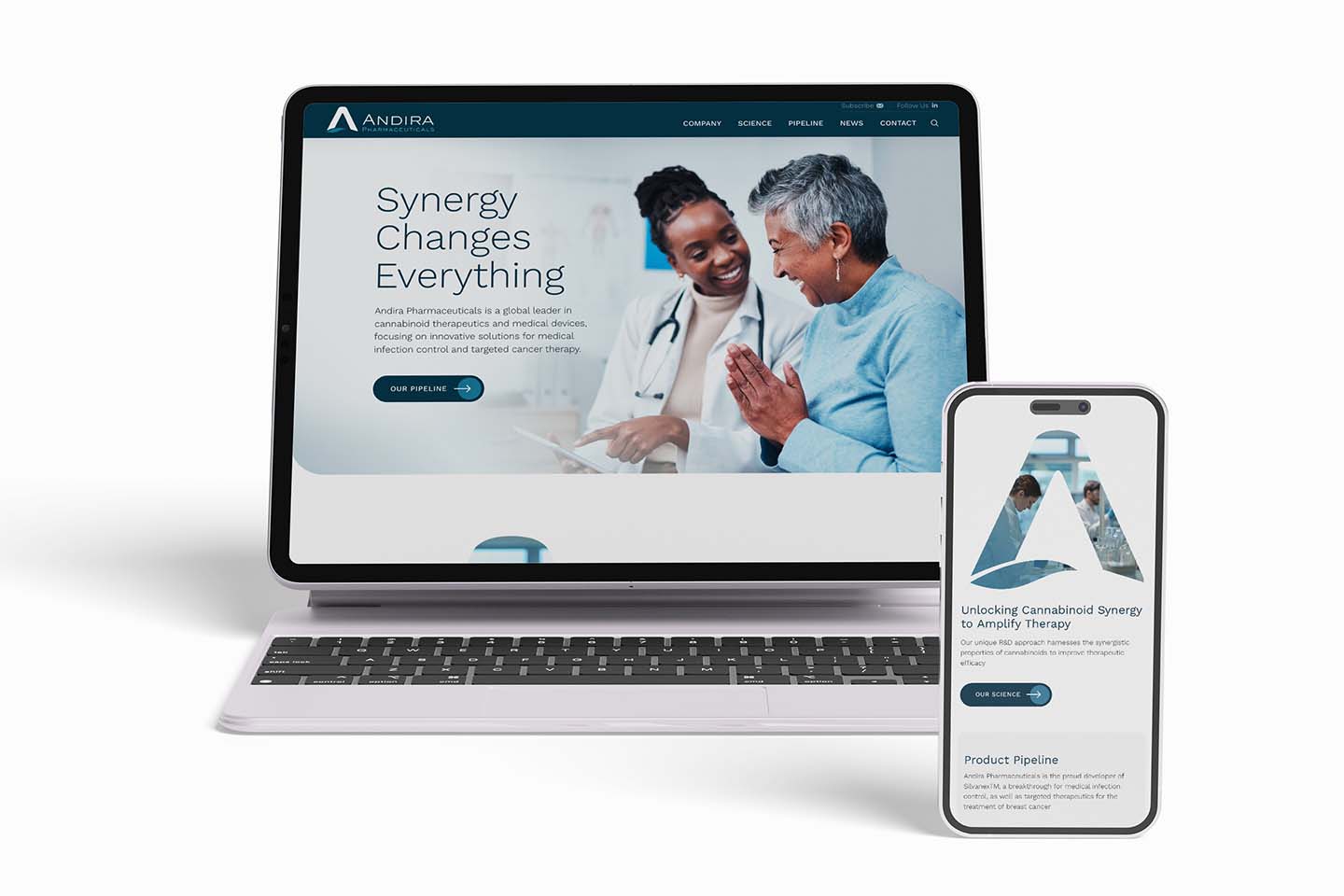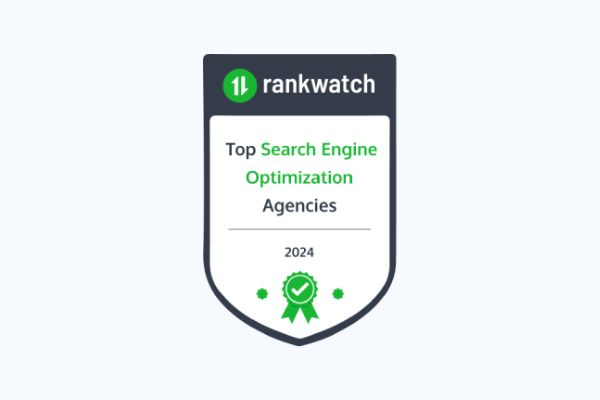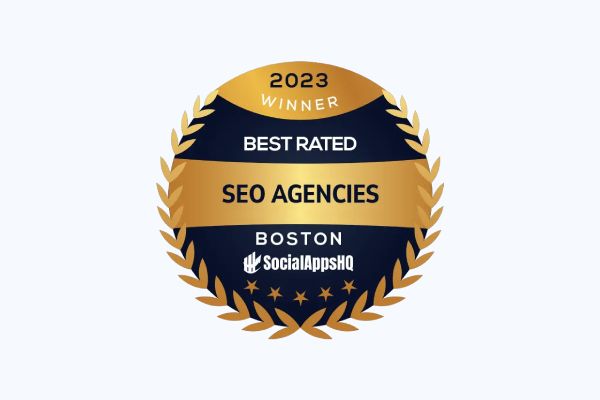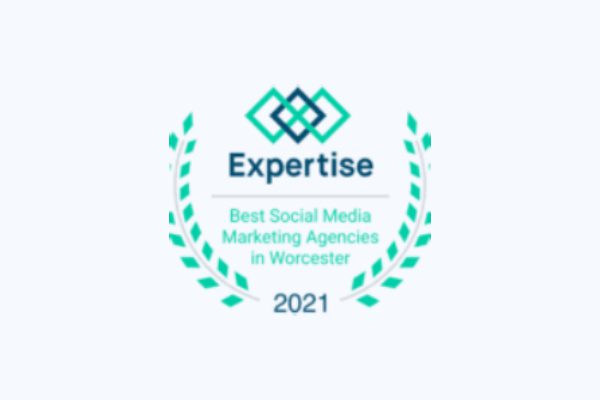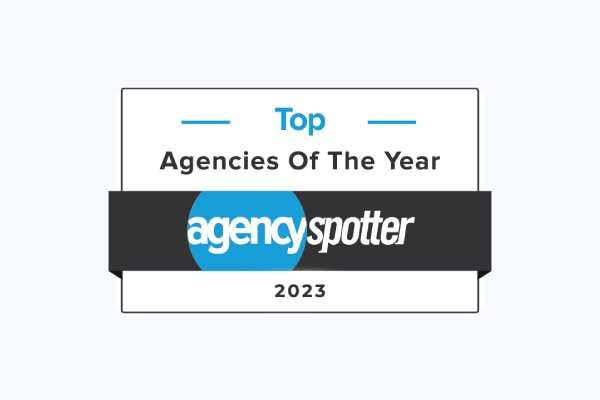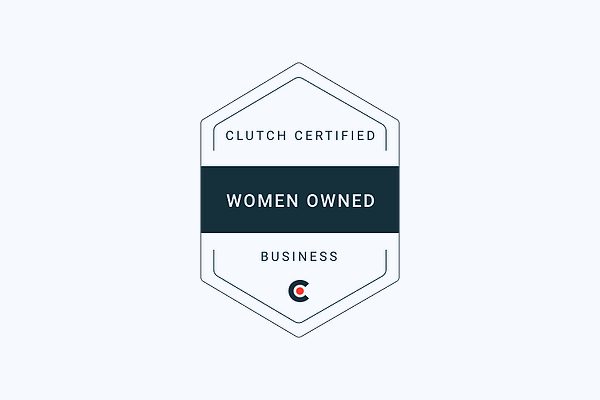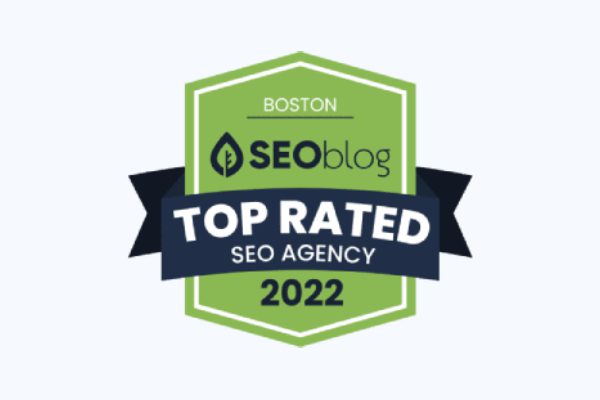Your startup biotech company has gone through seed funding stage, and is now seeking your Series A funding. This is often the best time to tackle or upgrading your startup company’s website to attract those biotech investors.
While you may already have a website, you may need to refine it now that you’re approaching a more sophisticated audience of VCs, entrepreneurs, potential scientific collaborators, qualified employees to advance your product, and other key stakeholders. Further, your website is competing with other companies in your industry, niche, or related area that are trying to attract many of the same people you are.
It’s time to get serious about your next-generation website, but where do you start? This guide will set you up for success as you plan the website that meets your business and marketing goals.
Build or review your startup biotech’s pitch deck
Luckily, you’ve already put a great deal of thought into how to present your product, the underlying science, your CEO’s vision, team leadership, and the commercial value in the market.
The pitch deck you prepared for investors can inform your new website, but you will need to realign the content based on the biotech website’s goals and format. For example, The deck has content that will be useful for the investor section of the site. However, you may need to be more concise, use more simple language, and adust images. At the same time, if you are increasing your focus on sales, you will need to create entirely new content for the consumer market, with different messaging and information than you provided for investors.
It’s easy to see that your pitch deck, while useful, will offer limited benefits as you expand your reach and think carefully about how your website will represent your brand. Early on, you’ll need to prepare an initial outline that defines who you want to attract to your website, what their information needs are, how to appeal to their emotions, and how you will convey the information you share, both through written and visual content.
Prepare your startup biotech’s brand messaging
Defining the messages you use to prove your relevance to each audience segment is one of the most critical aspects of the website creation process. How will you cause your various audiences to take the action you want—whether it’s investing in your company, buying the product, or something else?
- How will you attract and engage each important group, including:
- Investors who may or may not be familiar with your industry and niche
- Subject matter experts and scientist-entrepreneurs who may be potential collaborators
- Commercial purchasers who need to view you as a credible vendor
- Patients and caregivers who must understand how your product will improve quality of life
- Potential employees who want to be excited about their work and believe in your vision
In addition to the message, you need to explore the customer journey—where the user will enter your site and the path that takes them to high-value pages, such as contact forms and listing of products.
Explain your science
People in today’s digital world are distracted and impatient—especially online. Consider that a visitor’s decision about whether to stay on your site or leave generally happens in the first ten seconds.
Remember that you are writing for a broad audience. Although you are sharing sophisticated scientific or medical information, keep the language simple and free from jargon. If the information is too complicated or in-depth, visitors are likely to click away rather than get stuck in the weeds. Usually, it’s best to keep content concise and relevant to the audience. You can always provide more in-depth data in the site’s resources section or as download.
Diagrams, charts, and images often help explain or highlight information better than large blocks of text, plus they break up text to make it easier on the eyes. Make sure that images are clear, high-quality, load quickly, and include alt-tags for search optimization.
In each section of the site, you will need to determine what information is important, appropriate, and allowable. Perhaps most important is to educate yourself on compliance with the FDA and other regulatory agencies. Discuss what you can share about executive leaders, scientific partners, and investors. Determine which information is proprietary and which is for public consumption.
Research and collect data from your competitor’s websites
Your website should fit into the overall industry look so that people instinctively understand what type of company you are. At the same time, you need to be distinctive, memorable, and true to your company’s unique brand.
First, visit competing websites (and even some from other industries) to see how these businesses present themselves. Think about which ones appeal to you. Are they conservative, bold, highly graphic, or something else? Then dig deeper, looking into their branding, menus and navigation, page format, copy, visuals, and interactivity. Consider would like to emulate and what you would like to stay away from based on your company’s vision and audience expectations.
While exploring, don’t expect to remember everything you see and which site it came from. Be organized about collecting ideas for navigation, visuals, and interactivity. Take notes, save links from pages you like, or create screenshots that allow you to share your preferences.
Create your website launch timeline and budget
When setting a budget, production timeline, and proposed launch date, first define why you want a new or refreshed website. What is its purpose? For example, you may need to initially focus on investors to find Series A funding and build your customer base. Next, determine what type of content and functionality you need to meet these goals. The “why” behind your website will be a major factor in dhttps://www.ladybugz.com/best-biotech-website-homepages-in-2022/etermining your budget and timeline.
It’s no surprise that the more complex the website, the more expensive it will be and the longer it will take to launch. If you want to get your site up fast and have a tight budget, consider a phased approach.
Phase 1 would be creating a fairly small, simple website with a basic level of interactivity and relatively little custom development. Several months later, you’ll have a better sense of what is working, which areas you’d like to expand, and how to improve functionality. A phased approach has the additional benefit of allowing you to spread your digital marketing budget out over a longer amount of time.
Find a digital agency specializing in startup biotechnology website design for startups
Biotech startups face a unique set of challenges when it comes to marketing. Your product may have viable commercial potential, but there may be no existing marketing for your product. You may be in a niche or micro-niche market with a narrow audience. Such an audience may not know where or how to look for your type of product. These situations require unique marketing strategies, and your startup biotech website is a lynchpin of your digital marketing efforts.
Here’s a simple checklist to use when looking for an interactive agency to design your website:
- Experience in website design for biotechnology startups
- Proven track record with biotech branding and logo design
- Flexible pricing that fits your budget, where you are now, and as you grow
- Availability to meet your biotech website launch timeline
- Collaborative team approach with an agile process
- Technical and scientific knowledge
- Familiarity with biotech messaging and scientific content needs
- Expertise in Biotech SEO (Search Engine Optimization)
- Knowledge marketing strategies for biotech startups
Determine your launch date and process
After all your hard work, the website is complete! You may be tempted to launch your site immediately, but it’s usually better to give insiders a few weeks to review it first. Why? Sometimes, in all the excitement of the final push, a few finishing touches get overlooked. Use this additional time to work out any kinks and make minor adjustments.
During this review period, you can do some additional pre-launchttps://www.ladybugz.com/attracting-biotech-investors-with-your-website/h preparation. Prepare any press releases, email announcements, social media posts, or blog articles that will accompany the launch.
Keep your site up to speed with a maintenance plan
Finally, ask your website agency what type of maintenance services they offer. Every website requires ongoing maintenance and software updates to assure ongoing security and optimum performance. Further, a biotech website is not a static document but a dynamic asset that continues to evolve. A plan can also include site monitoring, reporting, and improvements—such as content updates, social posts, SEO, calls-to-action, interactivity, and accessibility elements. In addition, emergencies happen, such as hacks or a downed server, and you’ll need someone who knows your website to help resolve your concerns quickly.
Conclusion: As your company evolves, so should your website
You and your team work hard to keep your business in a growth mode. As your company evolves, your website should continue to keep pace and reflect new directions. Once your startup’s biotech website is off the ground, don’t let it become stagnant. Maintain a close relationship with your website design agency to ensure that it continues to support your business and biotech’s marketing goals. Ladybugz Interactive is proud to help biotech startups expand their digital presence and help their companies grow.
